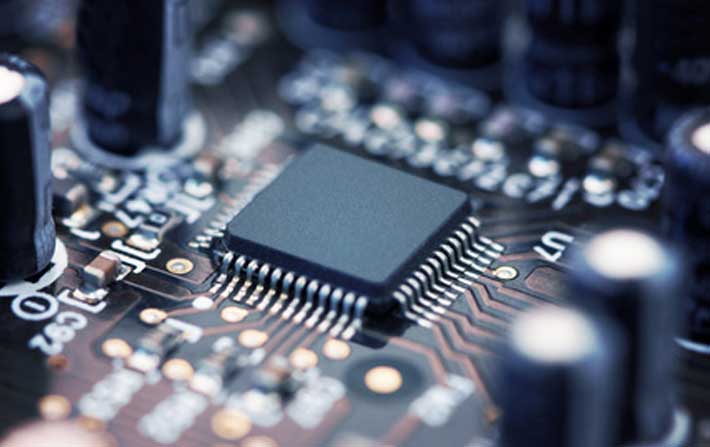Publish Time:2021-09-14 Views:
Introduce the principle of bridge rectifier
The bridge rectifier is made up of four silicon rectifier chips for bridge connection and externally packaged with insulating plastic. The high-power bridge rectifier is encapsulated with a zinc metal shell outside the insulating layer to enhance heat dissipation.
principle:
There are many types of bridge rectifiers: flat, round, square, bench-shaped (in-line and patch), etc., and there are GPP and O/J structures. The maximum rectified current ranges from 0.5A to 100A, and the maximum reverse peak voltage ranges from 50V to 1600V.
The half bridge is to seal the half of the two diode bridge rectifiers together. Two half bridges can form a bridge rectifier circuit, and a half bridge can also form a full-wave rectifier circuit with a center tap of the transformer.

When choosing a rectifier bridge, consider the rectifier circuit and operating voltage.
The rectifier bridge stack is generally used in full-wave rectifier circuits, and it is divided into full bridge and half bridge.
The full bridge is composed of 4 rectifier diodes connected in the form of a bridge full-wave rectifier circuit and packaged as a whole. The figure shows its appearance.
The forward current of the full bridge has various specifications such as 0.5A, 1A, 1.5A, 2A, 2.5A, 3A, 5A, 10A, 20A, 35A, 50A, etc. The withstand voltage (the highest reverse voltage) is 25V, 50V, Various specifications such as 100V, 200V, 300V, 400V, 500V, 600V, 800V, 1000V, etc.
Application: It should be specially pointed out that the diode as a rectifier component should be selected according to different rectification methods and load sizes. If you choose improperly, you may not be able to work safely, or even burn the pipe; or you may be overkill and cause waste.